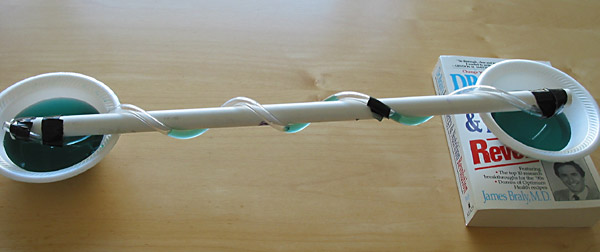

“…while two rough surfaces (such as sandpaper) rubbing against each other sometimes have more friction, very smoothly polished materials (such as plates of glass) that have been carefully cleaned of all surface particles may actually stick to each other very strongly.”Īs we push the chopstick into the bottle, the grains of rice settle close to one another eliminating most of the air pockets. I learned from LiveScience that there are exceptions to the rules of friction: Unlike other forces, friction can’t be derived from equations or laws alone. So when did we first discover this amazing force? Believe it or not, scientists began identifying and understanding the laws governing friction in the 1400s! The cool part about friction is that the interactions are so complex that in order to truly understand the concept many different types of experiments in a variety of situations (different materials, etc) have to happen. Instead, scientists believe it is the result of the electromagnetic attraction between charged particles in two touching surfaces.” (Source: LiveScience) Live Science tells us, “It is not a fundamental force, like gravity or electromagnetism. As the rice sits in the bottle, there are air pockets around most grains, which prevents friction. In this case, we had rice and a chopstick. Friction is the force that opposes the movement of one substance against another.

HOMEMADE PHYSICS SCIENCE EXPERIMENTS HOW TO
When the solid calcium chloride dissolves in water, an exothermic chemical reaction occurs releasing heat.The age range of my children is 5 years so I always have to think about how to approach science activities in age-appropriate ways. You will feel a significant increase in temperature.Knead the baggie until the calcium chloride is dissolved.Try not to leave a lot of extra air in the baggie.

HOMEMADE PHYSICS SCIENCE EXPERIMENTS ZIP
Add about another quarter cup of water and zip the baggie closed securely.Now add the calcium chloride to the baggie.Zip the baggie closed and let it sit for several minutes until the water is mostly absorbed.Open the ziplock baggie and put the SAP crystals inside.About one tablespoon of calcium chloride.About one tablespoon of SAP crystals or water beads.This is a great activity to demonstrate an exothermic chemical reaction and the result is an awesome hand warmer that works really well and produces an impressive amount of heat. In this easy science experiment for kids you will learn to make a super easy homemade hand warmer using calcium chloride and SAP crystals.


 0 kommentar(er)
0 kommentar(er)
